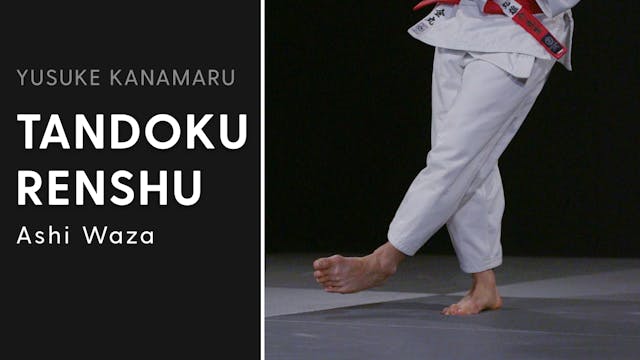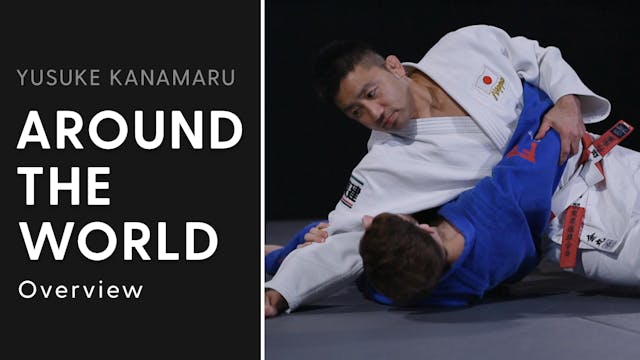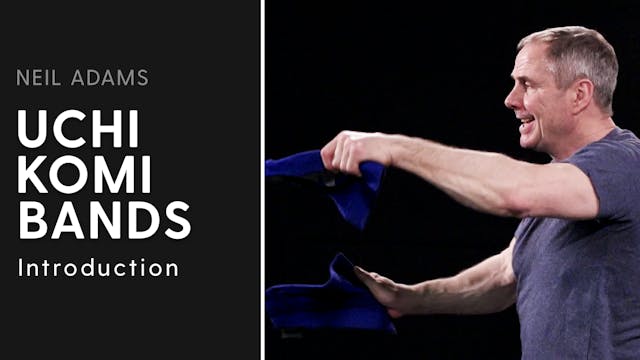There are two variations of tandoku renshu for osoto-gari, both requiring great focus on balance. The dynamic nature of osoto means it cannot be completed in a stationary position, but is performed on the move, in a line down the tatami. The more basic of the two variations involves taking a couple of steps between each repetition, allowing you to regain balance before continuing.
It is important to keep your toes pointed, to ensure you have tension in your working leg throughout. As you reap, you do a small hop, maintaining tension in the upper body. Performing the Kumi kata, you follow through with the lead shoulder and pull with the sleeve hand.
In the second variation you don’t reset. It’s one repetition immediately after the other. Timing is important, as the sequence requires alternating power in the hops, as you drive your working leg back and forth. You must maintain your balance on your supporting leg throughout. The lighter hop brings the sweeping leg forward. Once at its highest point, the more powerful hop gives impetus to drive down and sweep through the osoto movement. All the while you keep your toes pointed and sufficient tension in your upper body.
Again your hands imitate the grips, pulling on the sleeve hand and driving through the lead shoulder.
Up Next in Watch All
-
Ashi Waza | Tandoku Renshu | Yusuke K...
The practice of tandoku renshu helps improve timing, an essential component for ashi-waza. As shown here, you must maintain an upright posture and turn the sole of your sweeping foot inwards. This creates the necessary tension in your leg and allows you to comfortably catch the foot you’re attack...
-
Overview | Around The World | Yusuke ...
Yusuke Kanamaru teaches you the "Around The World" drill for improving your osaekomi transition.
-
Introduction | Uchi Komi Bands | Neil...
Neil Adams is here to show you how to get the best out of your uchi komi bands!
Watch this introduction to uchi komi bands to learn the basics behind using them.




2 Comments